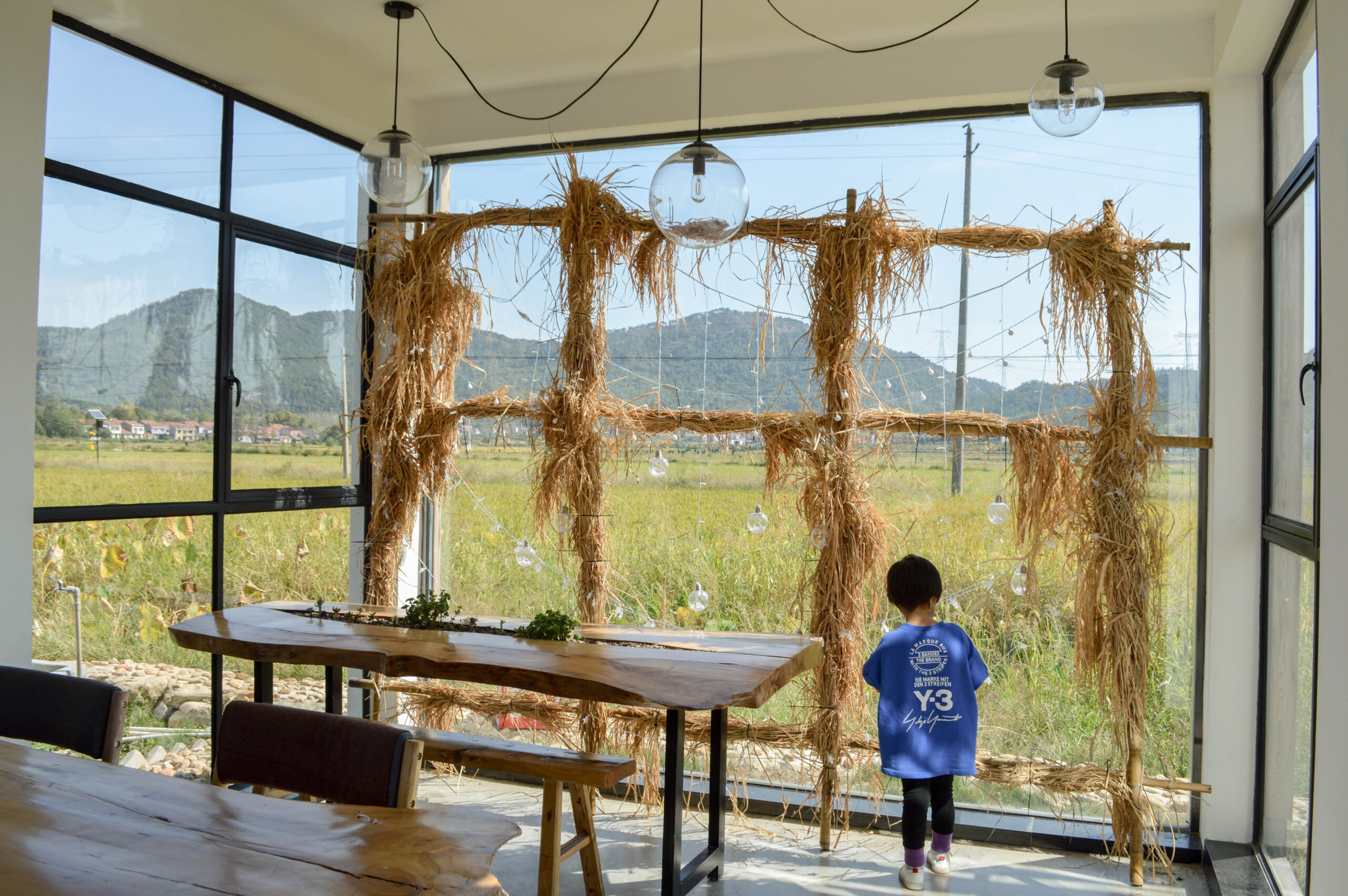Here is a third sample passage of placeholder writing, again totaling around six hundred words. The purpose is the same: to act as a realistic stand-in for the kind of text your website might eventually contain. Because the sentences are written in English and flow naturally, this version feels closer to authentic content than random strings of filler.
Think of this as a rehearsal space for your website. Just as a stage needs actors to block out a scene, a webpage needs words to test its layout. These paragraphs provide the raw material that allows designers to experiment with alignment, spacing, and hierarchy. Later, when real copy is added, you’ll already know how the page handles text-heavy sections.
This sample text also allows you to evaluate balance. Perhaps you want to break up long passages with images, graphics, or quotes. By working with realistic filler, you can see exactly where those breaks might make the most sense. The goal is to make sure visitors feel guided through the content, never lost or overwhelmed.
Another benefit of natural placeholder writing is tone. Even though these sentences don’t communicate specific information, they still have a rhythm and cadence similar to professional copy. That makes it easier to judge how engaging your site will feel once the final draft arrives. Words are not just functional—they create mood and personality. This filler gives you a chance to test that effect early.
You’ll also notice that the structure is deliberately varied. Some paragraphs are short, others a bit longer, mimicking the way real-world content might be presented. This helps ensure that design elements like headings, images, or call-to-action buttons remain effective in different contexts. A rigid wall of text would not achieve the same effect.
By the time you reach the end of this version, you’ll have seen how a complete page of content sits within the framework of your site. From margins to fonts to background colors, everything can be adjusted with this placeholder in place. Once your final content is ready, it will drop seamlessly into a space that has already been tested and refined.


